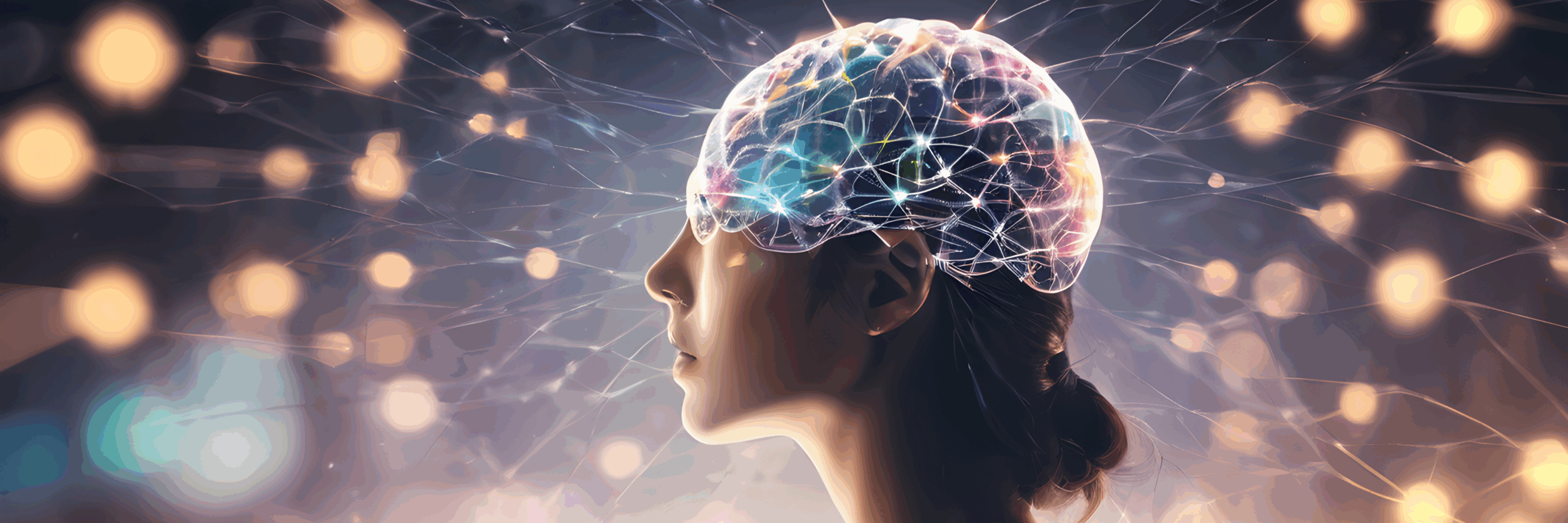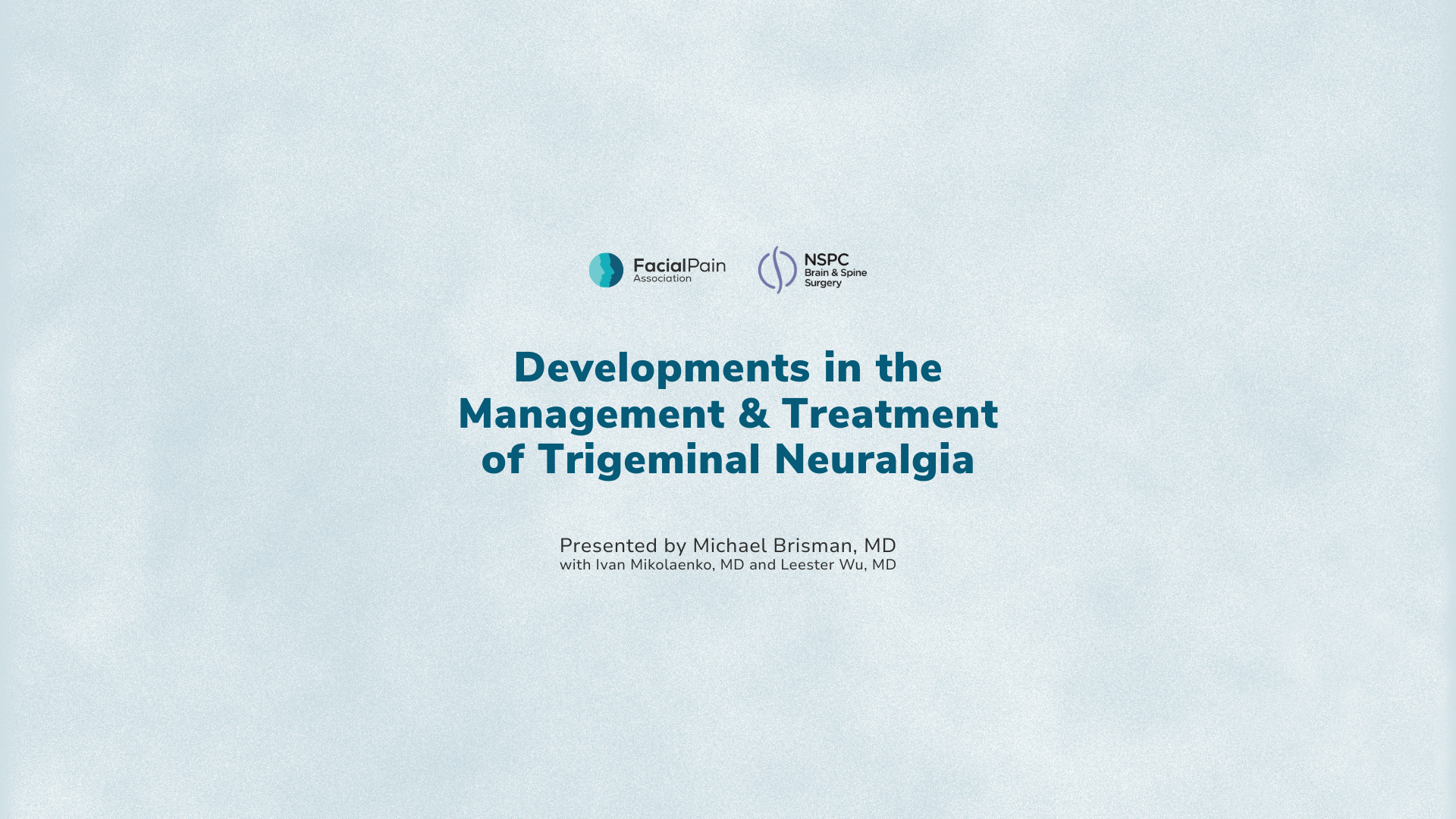Preparation for facial pain flares
Neuropathic facial pain can flare unpredictably, so preparation is key.. Your pain flares can vary in severity and timing. For many people with facial pain, most days can be managed with their typical treatment regime. However, for others, some days can bring on flare-ups of extreme, intolerable pain that is debilitating and is not improved by their current treatments. Facial pain flares might cause you to press your hands to your face or bring tears to your eyes. Your flare may even produce a more severe reaction, such as causing you to drop to your knees or fall to the floor.
Because of a facial pain flare, you might be forced to end a meal, leave an event, or even go to the emergency room. In addition, the fear of the next pain flare may prevent you from attending social events and spending time with friends and family to begin with. It might start to seem ‘safer’ to stay home to avoid having a pain flare in public. Preparation and team work, together with your family, friends, doctors, and other health care providers can go a long way in making flare-ups more manageable.
Steps to managing face pain flares
Flares can happen out of the blue, but most times there are factors that can contribute to a flare of facial pain. One factor is missing a dose of your medication, reducing, or stopping your medication improperly. You may occasionally miss a dose due to timing errors. You may avoid taking medicine due to your mouth pain or being unable to swallow a pill. You may try cutting down or discontinuing your medication without consulting with your doctor. If timing is the issue, talk with your doctor about using an extended release form of your medication which would allow a more consistent level in the bloodstream and less frequent dosing.
For mouth pain, you can pretreat your mouth with clove oil or Orajel on a Q-tip. Another trick is to put the pill into the side of your mouth without pain (or with less pain) and swallow with your head tilted to that side. Before cutting down a dosage or discontinuing a drug, do not adjust or discontinue your medications without checking with your doctor first. Many of the drugs used to treat neuropathic pain can have severe withdrawal symptoms.
Triggers
Knowing your personal triggers that cause flares is also very important so that you can prevent them through avoidance.
Journaling
Start to track your flares by keeping a journal. You can use a notebook, create a document on your computer, or use one of many smartphone apps. Some people create very detailed journals and others just jot down notes about what is causing their flare up. The method and specifics of keeping a journal are not important- what matters is that you track your flares consistently. Some people keep a pain journal for every day, regardless of when the pain flares- this may give you a better overall picture of factors that influence your pain.
Face pain flare notes:
- Day, time
- What were you doing before the flare?
- What, if anything were you eating?
- Where were you?
- Did you take your current medication/did you take it at the usual time?
- How was your sleep the previous night? Were you feeling tired?
- Did you drink enough water (were you dehydrated)?
- Were you feeling stressed or anxious? What was your mindset before the flare?
- What was the weather like?
- Did you have any other symptoms leading up to the flare?
- Note any other possible factors.
Stress
Stress is a major trigger for facial pain. Stress can cause facial muscle tension, headaches and increased blood pressure that can contribute to inflammation and increased pain. Anxiety is also often associated with facial pain. Not knowing when the next attack will occur or when remission might end plus the intensity of the pain all can contribute to high anxiety. It is important to try to deal with this by talking with your doctor about anti-anxiety medications, biofeedback, meditation and other possible treatments.
Food and Drink
Certain foods and alcohol also can cause inflammation and contribute to pain. The most common are hot, cold, sweet, sour, spicy, fatty/rich, and those containing caffeine, aspartame, or anything acidic. Once you have tracked your pain flares using your journal and have identified which foods cause your pain to flare, you can minimize or eliminate those foods. Luckily, these days restaurants are very attuned to patrons with specific dietary needs and most servers can answer questions about food preparation and ingredients. When purchasing ingredients or packaged foods, learn to read labels carefully. Many times you can visit the food producer’s website or call for more information about their products
At home management of face pain flares
In many cases you may want to try to manage the flare up at home. Ice packs can numb the pain as long as cold is not a trigger. Heat can also be effective and many sufferers report that a bean bag heated in the microwave as hot as can be tolerated is very helpful. CAUTION! Be very careful of doing this after using lidocaine cream since you will not be able to tell it is too hot or cold and can damage skin tissues.
A compounded cream that you rub on your face with a mixture of lidocaine, ketamine, and baclofen can be prescribed by your doctor. Tooth pain can be helped with Orajel or clove oil on a Q-tip. Protein drinks such as Boost and those containing electrolytes can keep up your energy and hydration if you cannot eat or drink. Having some emergency medications at home for severe attacks that have been prescribed by your doctor such as pain relievers and sleep aids might be just enough to get you through until you can contact the appropriate health care provider.
Bring information with you
To prepare in case you need to go to the emergency room or a doctor when you are out of town, ask the doctor you usually see for your facial pain to write a letter stating that you indeed have a pain disorder. It should describe your current diagnosis, brief medical history, past and current treatments, and a list of your current medications. Also include information about any blood work done and imaging such as CAT scans and MRIs. This will be helpful if you have to go to the emergency room or are out of town during a flare up. Many times the pain is so bad that you cannot recall your history or medications and this letter can do that for you.
Build a support team
You cannot always take care of your facial pain all alone. Pull together your ‘team’. This is usually family and friends who you know you can count on to help you when you have a severe pain flare. Your team can also include any health care provider you trust. The Facial Pain Association has a list of Peer Mentor volunteers who have had facial pain and can listen with compassion and share their tips and tricks for managing flares.
Being prepared for flares of facial pain can reduce the anxiety that comes with not knowing what to do and give you control, even if it is just some control over your pain.






















































